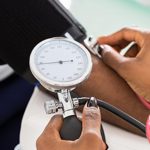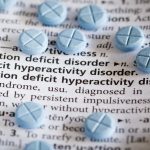
Does your water bottle only get washed once or twice a week — or even less? Time to switch things up: Even a day or two without washing can encourage the growth of unhealthy germs in the average water bottle, one expert said. And, “yes, you could get sick,” warned Dr. Yuriko Fukuta, an infectious diseases expert at Baylor College of Medicine in Houston. “If you do not clean your water bottle sufficiently, it can lead to a buildup of germs,” Fukuta, a professor of medicine, explained in a university news release. “You may have nausea, stomach upset, headaches. You may have allergy symptoms such as sneezing if mold is present.” She offered tips to keeping your water bottle as sanitary as possible. First off, choose the right type of bottle. Metal or glass beats plastic, Fukuta said, because plastic can develop tiny cracks that are a haven for germs. Choose larger-mouthed bottles, because they’re much easier to clean, and bottles with built-in straws work best, with one study showing they contained less bacteria. Slide-top bottles were found to harbor the most germs, Fukuta said. Lots of microbial visitors can inhabit your water bottle, she added. Bacteria in your mouth can get into your bottle if you drink directly from your bottle,” Fukuta said. “Food particles from your mouth can transfer to your bottle and… read on > read on >


















